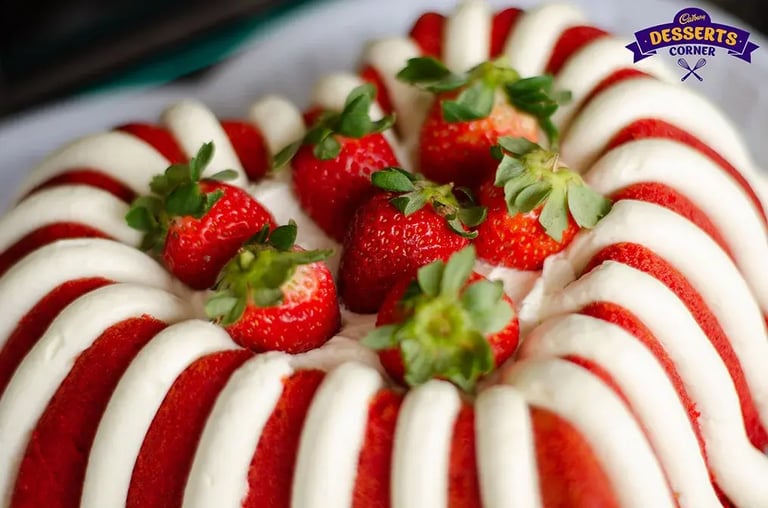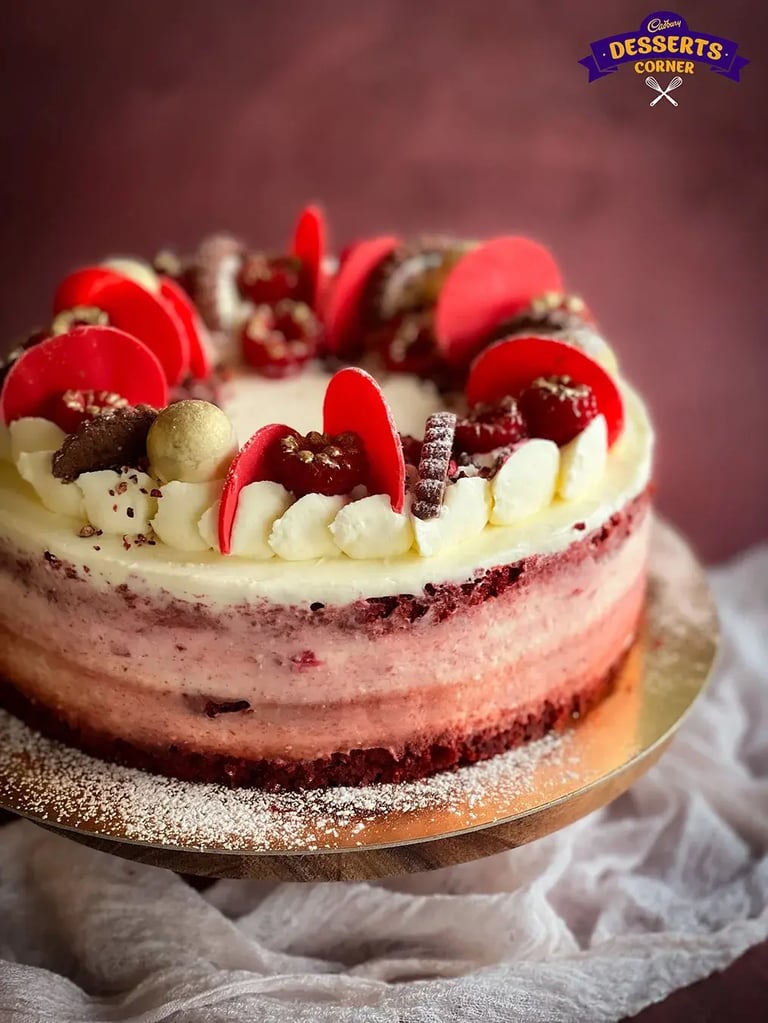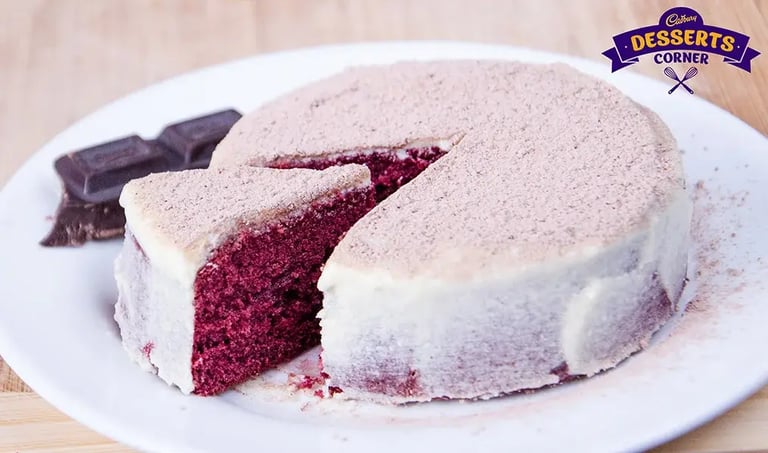Home![]() Articles
Articles![]() The Evolution of the War Hero Dessert: The Red Velvet Cake’s Journey From Its Natural Hues to Its Modern Colors
The Evolution of the War Hero Dessert: The Red Velvet Cake’s Journey From Its Natural Hues to Its Modern Colors
The Red velvet cake was not even red when it was created. In fact, it resembled a certain color that some pieces of furniture are made of. It’s been through war and modernization and that’s how it comes to us today in all of its red glory.

The Red velvet cake was not even red when it was created. In fact, it resembled a certain color that some pieces of furniture are made of. It’s been through war and modernization and that’s how it comes to us today in all of its red glory.
Desserts are a wonderful way to celebrate something, fight away the blues, or are a gift for people to make them smile. For bakers like you, it provides a unique opportunity to showcase your creativity in the kitchen. As for where to get started, we have a story for you—that of the much-loved red velvet cake.
The red velvet cake is a sweet treat that has captured the attention of people across the globe, and is almost synonymous today with Valentine’s Day.
Its unique color and flavor come from cocoa powder and red food coloring to enhance the natural red hue from the cocoa powder, and ensure the cake is a vibrant shade of scarlet. The most common red food dyes used are FD&C Red No. 3 and Red No. 40. Red No. 3 was originally made from coal tar, but is now made synthetically. Red No. 40 is also made synthetically from petroleum.
Where Did The Red Velvet Cake Come From?

The term velvet cake dates back to the Victorian era, when it was used to distinguish soft, fluffy cakes from denser sponge and pound cakes. Sources credit the Waldorf-Astoria Hotel in New York City with making the world’s first red velvet cake and popularizing it, though it is said that early home bakers may have created similar desserts, that too without using any synthetic dyes to color the cake.
While its exact origins may be debated, and a tad complicated, sources say it comes from the southern United States.
Did you know its iconic crimson color today was not what it used to be? So why don’t we take a closer look at the intriguing story behind the red velvet cake's natural dyes, before the era of synthetic food colors took over?
Cocoa Powder

This is the most popular way they made red velvet cake back in the day with the same cocoa powder we see today, albeit made a little differently. The secret to achieving that original mahogany hue lay in the cocoa used for baking. Yes, the ancestor of the red velvet cake was simply the velvet cake, which was a deep brown hue of mahogany.
Cocoa contains an antioxidant called anthocyanin, which also appears in strawberries, plums, red wine, and many other foods on the red-purple color spectrum. Anthocyanin is very sensitive to changes in pH, meaning it reacts strongly to acids and bases alike.
When the cocoa powder is mixed with naturally acidic buttermilk, a traditional ingredient in original versions of the velvet cake, it turns dark red. Unfortunately, this original recipe is hard to make these days. Most cocoa in the market today is Dutch-processed, which doesn't mean it comes from the Netherlands. It refers to a process that entails an alkalizing agent to the mixture to neutralize the pH.
Beet Juice

During times of rationing like World War II, bakers had to get creative with limited ingredients. Sugar and butter were strictly rationed, so some bakers experimented with using beet juice to get that vibrant red color in red velvet cake. Beets provided natural food coloring without needing other artificial dyes.
Using beet juice also made the cake more moist and soft. The natural sugars and fibers in beets acted as a filler to prevent the cake from becoming dry. People appreciated seeing the bright red cake during harder times, as it felt like a special treat.
The Modern Day Red Velvet Cake
This brings us to the modern day, in the lead up to which the ripples of the war were endangering the existence of the red velvet cake. It is said that for the modern red velvet cake, the bright red velvet became popular due in part to the work of John Adams, a businessman from Texas involved in food dye and extract production.
Accounts indicate that Adams enjoyed a red velvet cake served at the prestigious Waldorf-Astoria Hotel. During World War II, cocoa supplies were limited. Seeing an opportunity, Adams realized housewives may appreciate an option to color their cakes at a time when some ingredients were scarce. He began marketing his food dyes alongside a recipe card featuring a classic red velvet recipe made distinctive by the addition of a splash of red dye.
Adams's efforts helped introduce the red velvet cake to a wider audience. The dessert gained popularity and lives on as a favorite even today, taking on a life of its own beyond its origins.






















